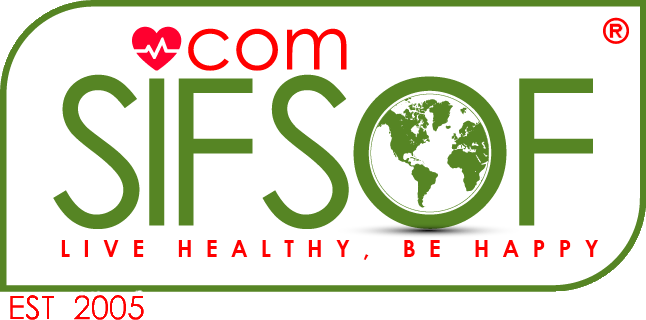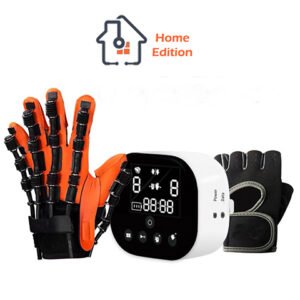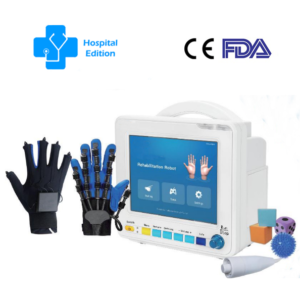Advantages of Hand Rehabilitation Robotics
Over the past decade, Rehabilitation robotics has played an important role in restoring the hand and finger function after stroke. The applications of robotics have rapidly expanded from the industrial environment to physical therapy,particularly rehabilitation.
Hand Rehabilitation robotics has increased the quality lives of individuals with disabilities, offering dedicated training that performs better than conventional methods, since they can be used independently by patients in different levels of impairment.
Hand rehabilitation robotic gloves permit to obtain a quantifiable measure of subjective performance, repeating treatment protocols without the need of continuous involvement of therapists saving a significant amount of the human labor that may lead to high cost. In fact, traditional therapy requires several sessions of rehabilitation training, inducing impractical and unaffordable therapies for many patients.
Portable hand rehabilitation robotic gloves guarantee a safe, intensive, and task-oriented rehabilitation at relatively moderate costs. Robotic rehabilitation gloves may apply forces with precision, improving accuracy and reducing variance. These actions are potentially effective to strengthen muscle. Clinic rehabilitation robotic gloves models also provide tactile feedback that may correct the impaired movements. In addition, They make it easy to collect a number of parameters useful to track the patient’s status.
Finally, it has been noted that robotics may improve the accessibility to rehabilitation. In fact, a patient prefers to use the unaffected limb in daily activities, damaging the recovery of the impaired limb. The possibility to perform rehabilitation in remote locations using robotics devices may involve bettering the patient in the recovery process.



